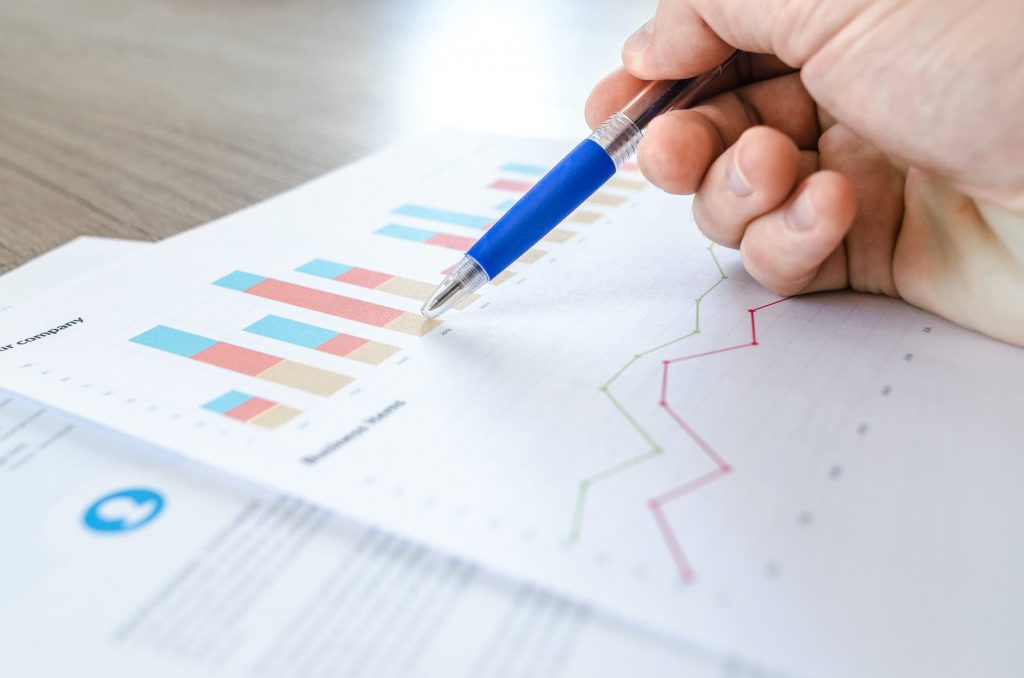Improving Your CFD Trading Performance

Trading Contracts for Difference (CFD) can be a lucrative venture, but it also exposes investors to significant market risks. Therefore, it is crucial to consistently review and improve your CFD trading performance to maximize profit potential and minimize losses. This article will explore practical strategies for assessing and enhancing your CFD trading performance.
Understanding CFD Trading:
CFD trading involves speculating on the rise or fall of market prices without owning the underlying asset. CFDs are leveraged products, which means a trader can put up a small fraction of the total trade value as margin and still gain full market exposure. However, while leverage can amplify profits, it can also intensify losses, which is why adequate performance review is paramount.
How to Review Your CFD Trading Performance:
- Performance Metrics: Look at the overall profit or loss and break it down by each trade. Evaluate key performance indicators like profit factor, average win, average loss, and risk-reward ratio.
- Trading Journal: Maintain a trading journal documenting each trade’s details, including the entry and exit points, stop-loss, take-profit levels, and reasons behind the trade. Over time, this will help identify successful strategies and common mistakes.
- Emotional Analysis: Trading is as much a psychological exercise as it is a financial one. Reflect on your emotional state during each trade. Did you let fear or greed drive your decisions? Understanding your emotional triggers can help improve discipline and decision-making.
- Market Analysis: Examine the market conditions during your trades. Were your predictions in line with market trends? Understanding market dynamics can enhance your predictive accuracy.
Improving Your CFD Trading Performance:
- Risk Management: Implement strict risk management rules to preserve your trading capital. This may include setting a maximum loss per trade and using stop-loss orders to limit potential losses.
- Education and Research: Continuous learning is the key to successful trading. Stay updated with market news, understand economic indicators, and learn new trading strategies.
- Strategy Refinement: Based on your performance review, refine your trading strategy. If a particular approach is not working, don’t hesitate to modify it or try something new.
- Emotional Control: Emotion-driven trading decisions often lead to losses. Practice emotional control by sticking to your trading plan, regardless of market volatility.
- Backtesting: Test your trading strategies on historical market data to gauge their effectiveness before applying them to live trades.
CFD trading requires a blend of strategic thinking, meticulous analysis, and emotional control. Regular performance reviews are essential to identify weaknesses and areas for improvement. Remember, trading is a journey, not a destination. Continuous learning, adaptation, and refinement should be your guiding principles for improving your CFD trading performance.

